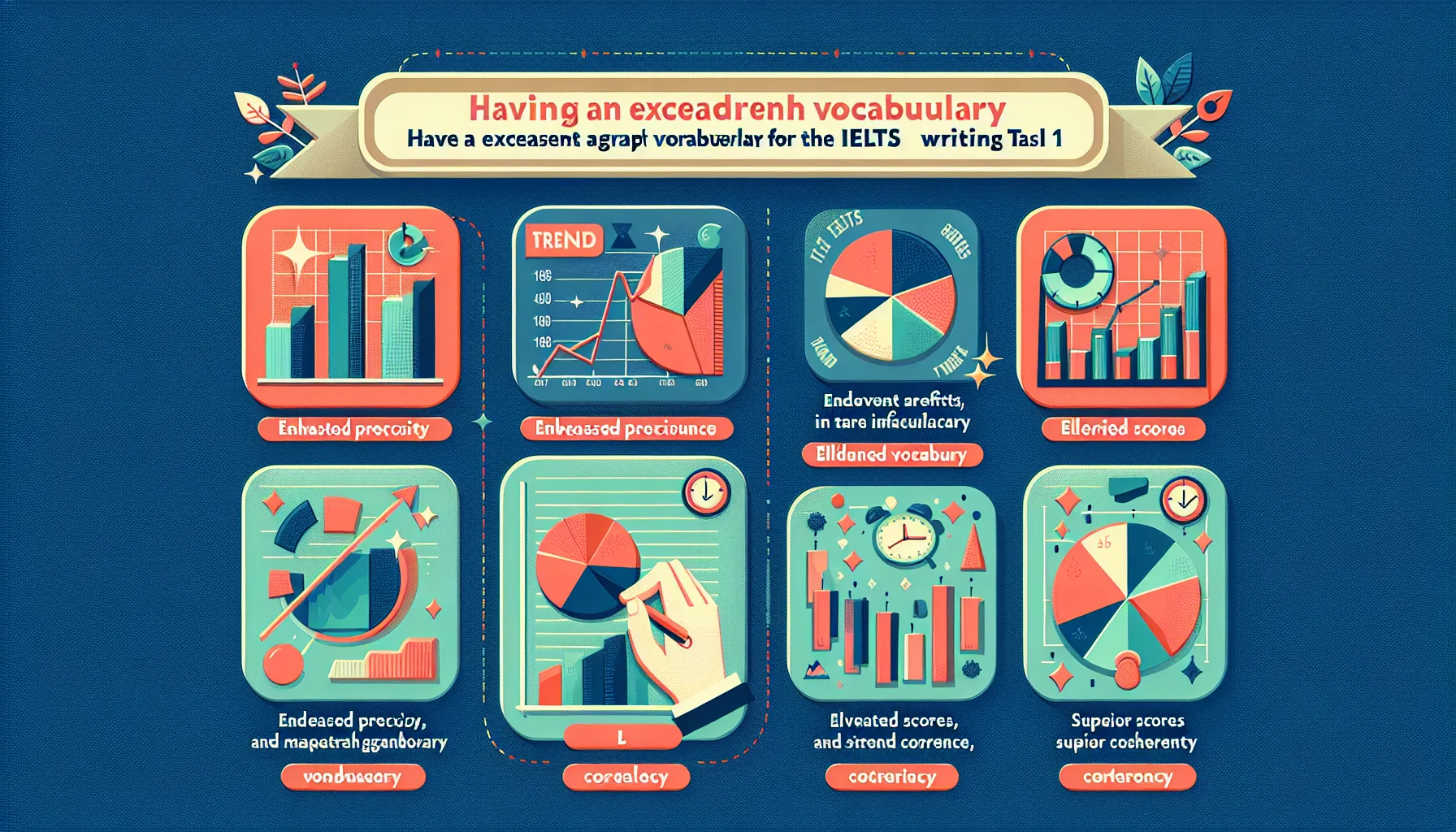Understanding Trend Vocabulary in IELTS Writing Task 1
IELTS Writing Task 1 often requires candidates to describe trends in graphs, charts, or tables. Mastering the vocabulary for describing trends is crucial for achieving a high score in this section. This article will explore essential vocabulary and provide practical tips for effectively communicating trends in your IELTS Writing Task 1 response.
Why Trend Vocabulary Matters
Accurate and varied vocabulary for describing trends helps you:
- Demonstrate a wide range of lexical resources
- Precisely convey data changes
- Enhance the overall coherence of your response
- Improve your Task Achievement score

Essential Vocabulary for Describing Trends
Verbs for Upward Trends
- Increase
- Rise
- Grow
- Climb
- Surge
- Soar
- Escalate
Example: “The number of international students increased steadily from 2010 to 2020.”
Verbs for Downward Trends
- Decrease
- Decline
- Fall
- Drop
- Plummet
- Plunge
- Dwindle
Example: “Sales figures plummeted in the last quarter of 2019.”
Adjectives and Adverbs for Trend Description
- Gradual/Gradually
- Rapid/Rapidly
- Steady/Steadily
- Sharp/Sharply
- Significant/Significantly
- Slight/Slightly
- Dramatic/Dramatically
Example: “There was a sharp increase in oil prices between 2018 and 2019.”
Advanced Vocabulary for Specific Trend Patterns
Fluctuations
- Fluctuate
- Oscillate
- Vary
- Erratic
Example: “The stock market fluctuated wildly throughout the year.”
Stability
- Remain stable
- Maintain a steady level
- Stay constant
- Plateau
Example: “Unemployment rates remained stable at around 5% for the entire decade.”
Peaks and Troughs
- Peak
- Reach a high/low point
- Hit a maximum/minimum
- Bottom out
Example: “Tourism peaked during the summer months, with July showing the highest numbers.”
Phrasal Verbs for Trend Description
- Level off
- Pick up
- Tail off
- Die down
- Take off
Example: “After a period of rapid growth, sales began to level off in the fourth quarter.”
Tips for Using Trend Vocabulary Effectively
-
Vary your language: Avoid repeating the same words. Use synonyms to demonstrate a wide vocabulary range.
-
Be precise: Choose words that accurately reflect the data. Don’t exaggerate trends unless the graph clearly shows extreme changes.
-
Use appropriate intensifiers: Words like “slightly” or “dramatically” can help convey the magnitude of changes.
-
Practice with real graphs: Familiarize yourself with different types of trends by describing various graphs and charts regularly.
-
Group similar trends: If multiple data sets show similar patterns, group them using phrases like “similarly” or “likewise” to improve coherence.
-
Use comparatives and superlatives: Words like “higher,” “lower,” “the highest,” or “the lowest” can effectively compare different aspects of the data.
-
Incorporate time phrases: Use expressions like “over the period,” “throughout the decade,” or “between X and Y” to clearly indicate time frames.
Common Mistakes to Avoid
-
Overusing basic verbs: Relying too heavily on “increase” and “decrease” can make your writing repetitive.
-
Misinterpreting trends: Ensure you accurately describe the trend shown in the graph. A slight increase is not the same as a surge.
-
Neglecting overall trends: While it’s important to describe specific details, don’t forget to mention the general trend over the entire period.
-
Using informal language: Avoid colloquial expressions like “go up” or “go down.” Stick to formal vocabulary.
-
Inconsistent tense usage: Maintain consistent use of past tense for historical data or present tense for current trends.
Conclusion
Mastering trend vocabulary is essential for success in IELTS Writing Task 1. By incorporating a diverse range of accurate and specific terms, you can effectively communicate data trends and improve your overall score. Remember to practice regularly with various graphs and charts to build your confidence and fluency in using this specialized vocabulary.
To further enhance your IELTS Writing skills, consider exploring our IELTS Writing Task 2 essay structure guide and IELTS Speaking tips for a comprehensive exam preparation strategy.